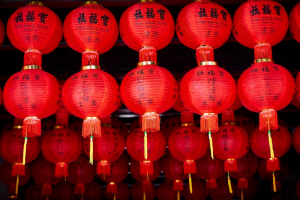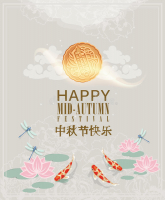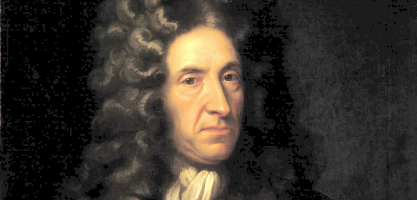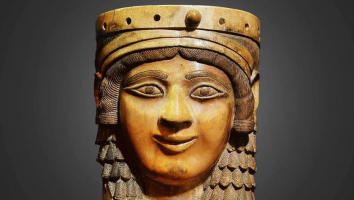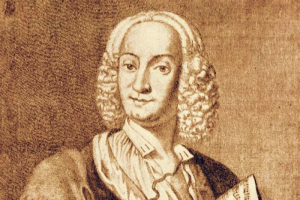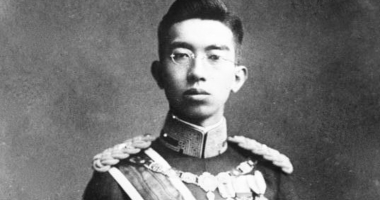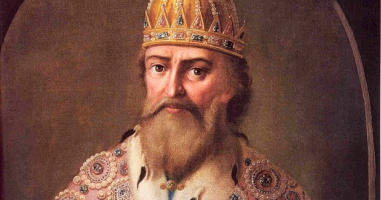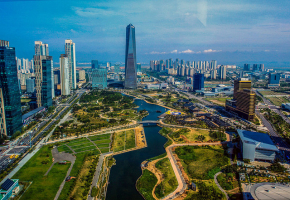Top 9 Interesting Facts about Mid-Autumn Festival in China
In today's article, Toplist has enumerated the top 10 interesting facts about the Mid-Autumn Festival. This is one of the most important and valuable events ... read more...when it comes to the Chinese particularly and to the Asians in general, and thus, it brings people lots of fascinating as well as attention-grabbing features. Let's take a closer look to know what they are.
-
When it comes to the origin of the Mid-Autumn Festival, it is commonly believed that the Mid-Autumn Festival has a long history that originated in China. This country has one of the oldest continuous civilizations in the world, with a history that spans over 5,000 years. Therefore, this festival not only has historical origins but also embraces interesting mythological ones.
Historically, the Mid-Autumn Festival can be traced back to the custom of offering sacrifices to the moon in ancient times. This tradition took place under the Zhou Dynasty (1056-256 BC) when the way people did their agricultural activities was mainly through weather observation. Specifically, it is thought that there is a close connection between the movement of the moon and agricultural production and seasonal changes. That's why the Chinese held several ritual ceremonies to the moon with the hope that they would be blessed with a prosperous harvest and good fortune during that year.
Over time, the Mid-Autumn has become more and more popular and merged to form the celebration today. The way people celebrate is not only for the successful year like its initial origin but for the sharing and reunion with each other.
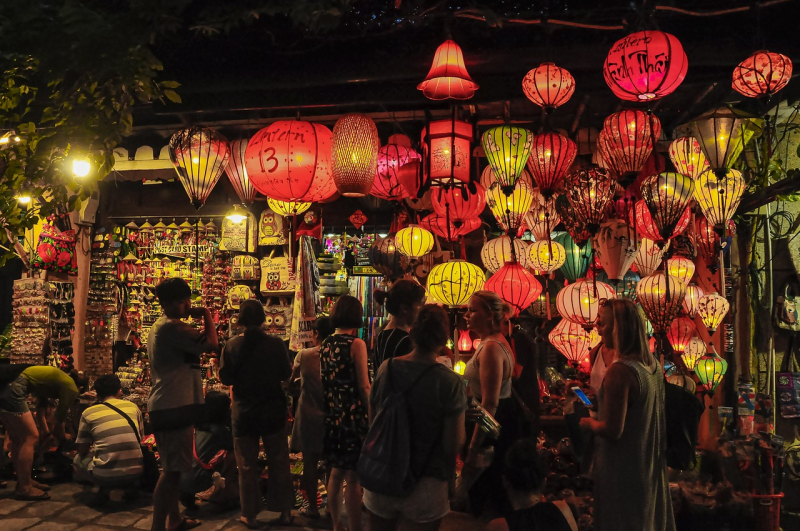
Photo by Nguyen Do từ Pixabay 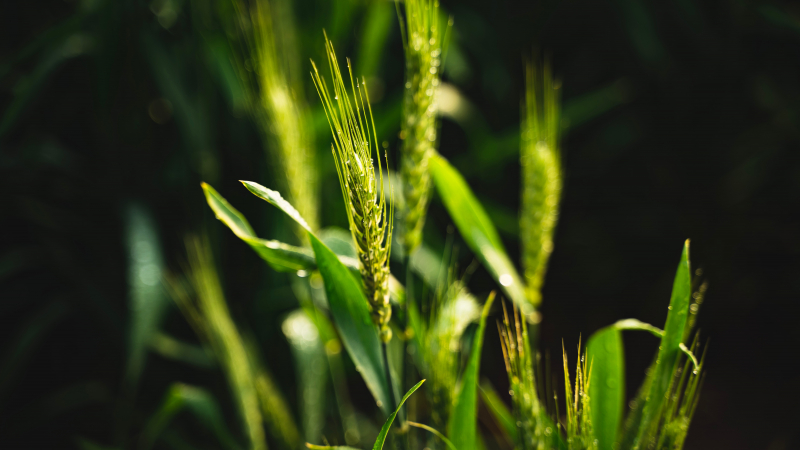
Photo by Jsungzhan Jiao on Unsplash -
Another interesting fact about the Mid-Autumn Festival is its lunar legends. As mentioned above, this festival is entailed with ancient legends and stories that are passed down through various generations.
Basically, the stories originated in China is the story of Chang'e and Houyi. Houyi was a skilled archer who saved the world by shooting down nine of the ten suns that were scorching the earth. As a reward, he was given the elixir of immortality. However, Chang'e, his wife, consumed the elixir and ascended to the moon, becoming the Moon Goddess. Thus, during the Mid-Autumn Festival, people admire the moon, hoping for blessings from Chang'e.
This story has evolved and changed through different civilizations and countries. Another legend about this festival is the Jade Rabbit which usually pounds away on the moon. Other legends such as Wu Gang and the Cherry Tree or The Moon Hare are also adapted by different nations such as Japan, Korea, Vietnam, etc.
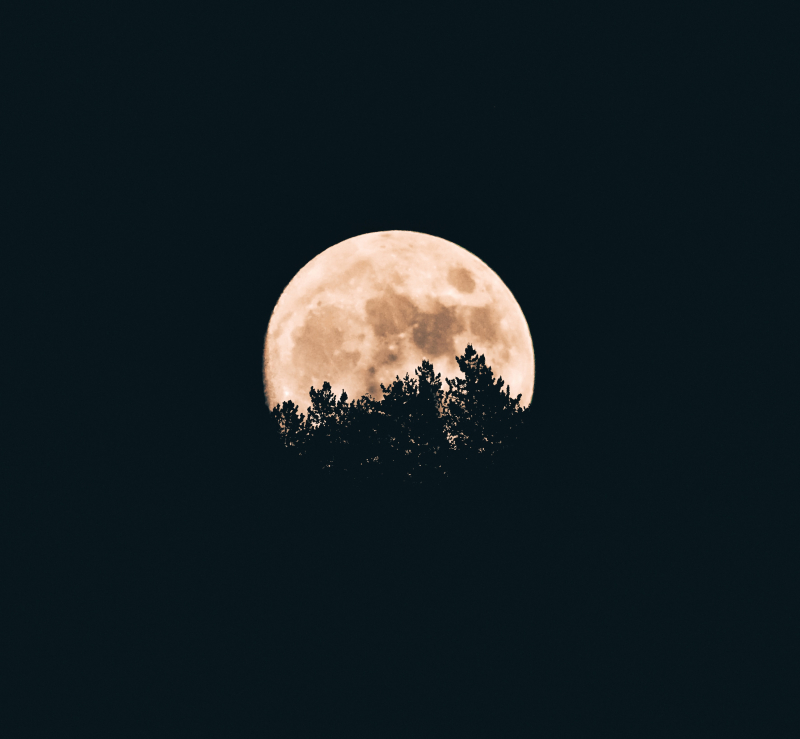
Photo by Aron Visuals on Unsplash Video by Chinahighlights -
Time is also another element among the best interesting facts about the Mid-Autumn Festival. As its name suggests, this event takes place during the middle of autumn, when the moon is in the roundest phase and people are preparing for their harvest. Initially, the festival happened on the 15th day of the 8th month of the lunar calendar, which usually falls between September and early October in the Gregorian calendar.
The special feature of the Mid-Autumn Festival is its varying dates in different countries that depend on their lunar calendar. In China, as stated before, the celebration day is the 15th day of the eighth month. The Mid-Autumn event in South China falls not in autumn but the late summer, while the North China, where there are short summers and long winters, this festival is aptly named climatically as mid-autumn.
In other countries, this festival shares the same day as China's. In Malaysia and Singapore, the moon festival does not correspond to September or early October in the Gregorian calendar but is often earlier due to the movement of the moon.
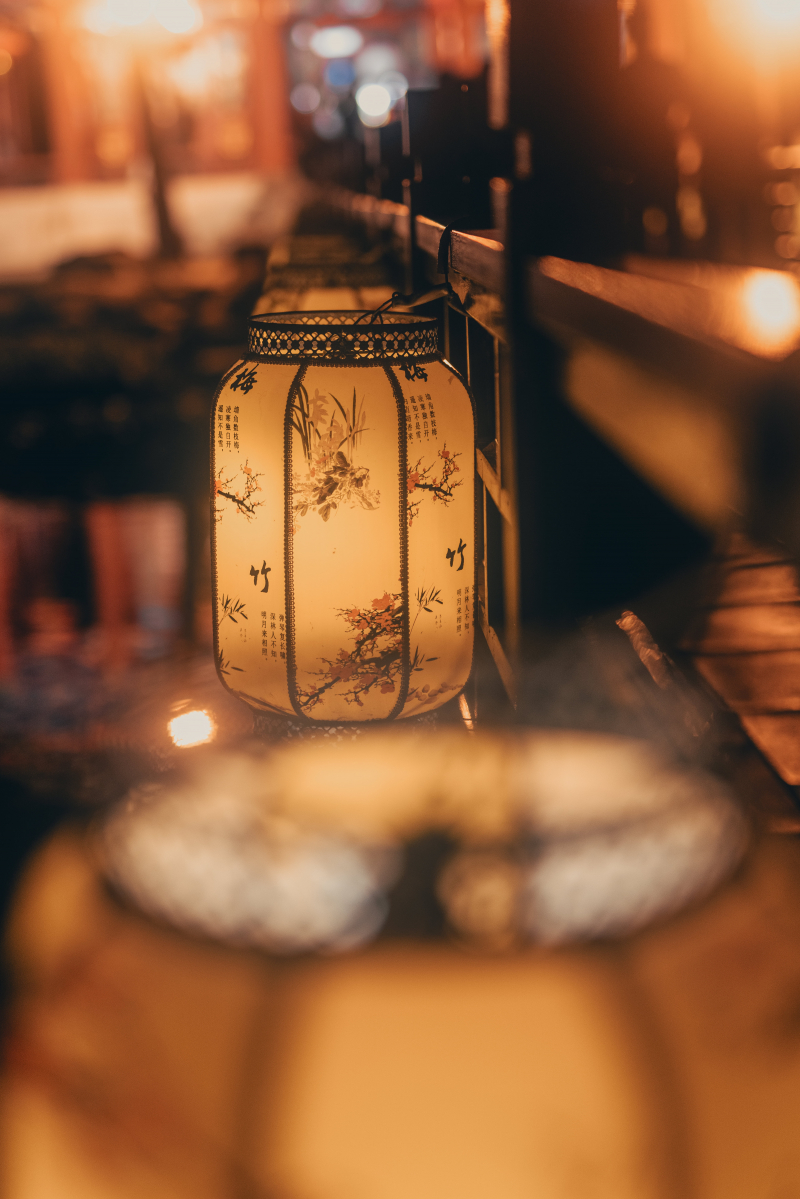
Photo by zhang kaiyv on Unsplash 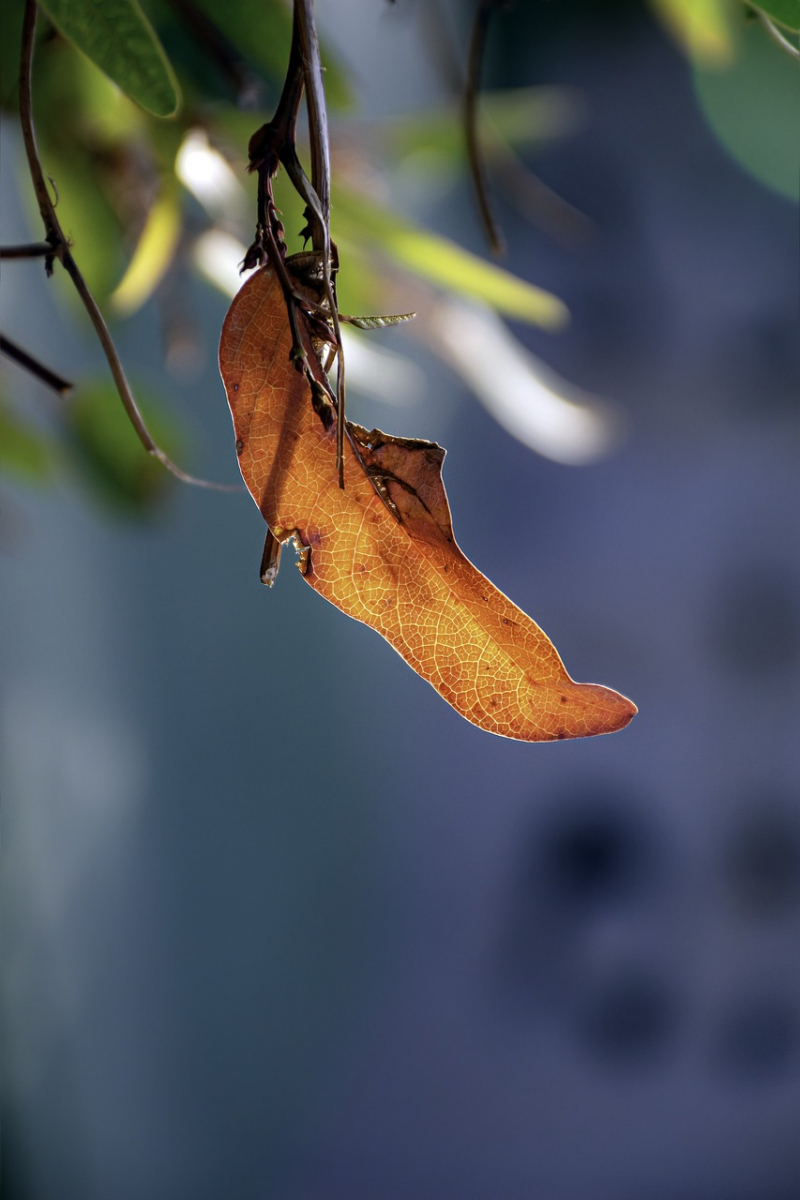
Image by Ri Butov from Pixabay -
Lanterns are an important element of the Mid-Autumn Festival that Toplist can not ignore. The colorful and eye-catching lanterns adorned with intricate designs are typically common when it comes to this interesting day. They come in various shapes and sizes, adding a festive atmosphere to the celebrations.
Traditionally, lanterns were made of colorful paper or thin fabric stretched over a bamboo frame. They compiled lots of different details and patterns that feature symbols of good luck, such as dragons, phoenixes, celestial beings, or some other animals that are familiar in Chinese folklore such as rabbits. In today's era, there are different variations of lantern materials. Not only made of bamboo frames like, in the past, but some modern lanterns also allow battery-operated or use LED lights with more vibrant colors, combined with interactive music and synchronized light displays.
The way people celebrate the Mid-Autumn Festival with lanterns also has some different approaches, but in the most common way, children usually carry their own lanterns and participate in processions or parades. It not only creates a joyful and enchanting atmosphere but also brings the festive spirit and inspires creativity.
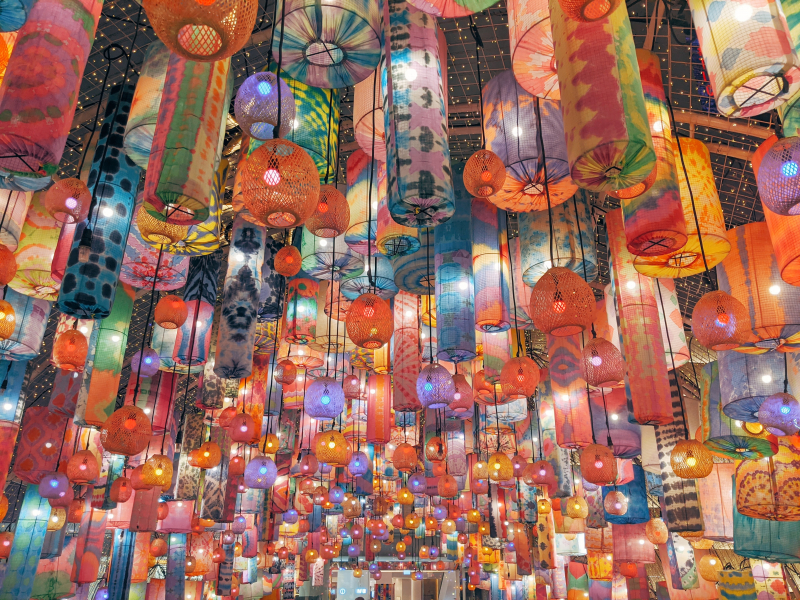
Photo by note thanun on Unsplash 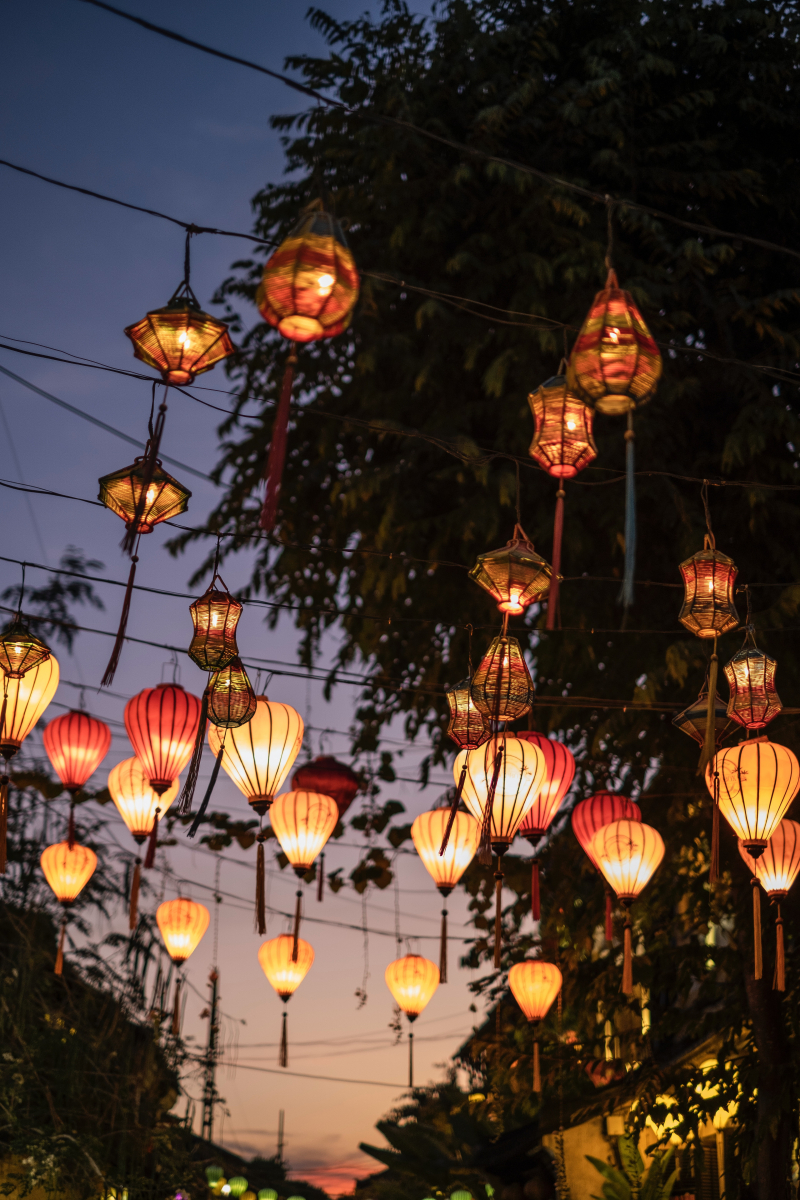
Photo by Kyle Thacker on Unsplash -
Moon Gazing is another interesting fact about the Mid-Autumn Festival. This festival often falls on the 15th day of the 8th Lunar month every year, or the "full moon day". The moon during this time is often labeled as the brightest and roundest. Therefore, people often grab the chance to gaze at and enjoy this most illuminated feature.
Moon gazing enables people to appreciate the natural beauty of the full moon. In this hustle of life, sometimes, people find a way to pause and reflect on this wonder of the universe, and foster a sense of awe and connection with nature. Others, on the other hand, consider moon gazing as a chance to make wishes and prayers with their loved ones. The symbol of reunion is further accentuated here in that people write wishes, sing songs, and create lasting memories together.
Nowadays, the moon gazing traditions also have different variations in different countries. Some Thai and Korean family, they prefer to enjoy the moonlit night near rivers, lakes, or canals and release decorative floats, while Vietnamese and Chinese gather in parks, open spaces, or even on rooftops to admire the full moon.
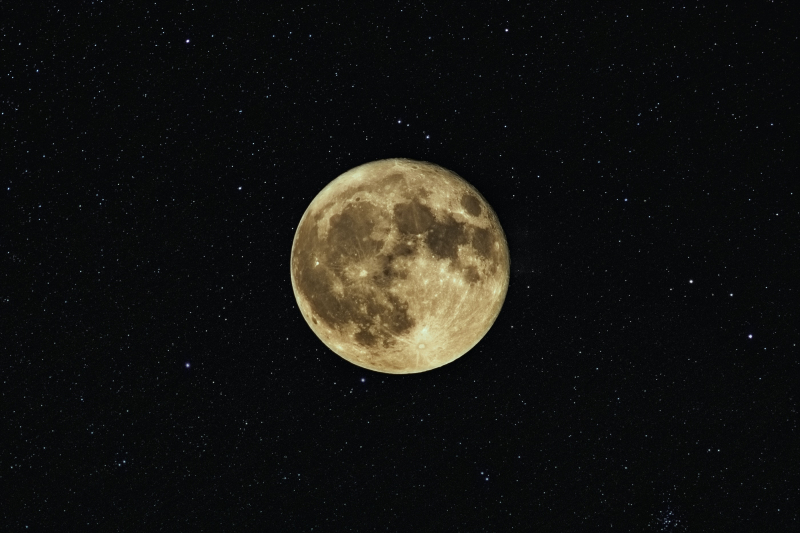
Photo by Neven Krcmarek on Unsplash 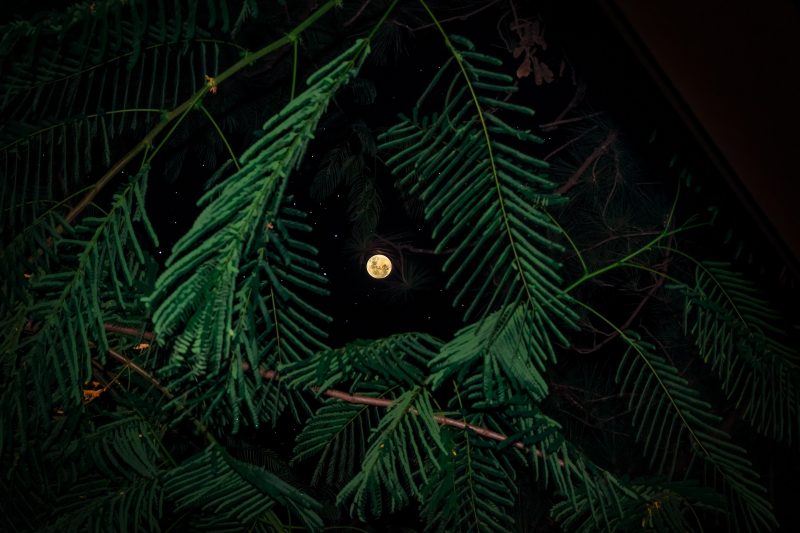
Photo by Ruan Richard Rodrigues on Unsplash -
The Mid-Autumn Festival is the time people celebrate the movement of the moon, and therefore, special round cakes with a sweet filling called Moon Cakes are born. The custom of enjoying and eating moon cakes at the Mid-Autumn Festival began in the Tang Dynasty. In the Northern Song Dynasty, it was popular in the palace by the upper classes and later spread to the people in society and became a common food custom that all people could enjoy.
This celebration then evolved and adapted by different reigns, until the Ming Dynasty, when Moon Cakes were exclusively consumed at the Mid-Autumn Festival, and became the main offering for moon worship. Since 2018, people in mainland China have had a 1-day break on the Mid-Autumn day and can have up to 3-day holidays on case weekends.
The cakes are often filled with lotus seed paste, red bean paste, or salted egg yolks, and are enjoyed with family and friends. Some other common flavors include five nuts, almonds, pumpkin seeds, and green tea. Its popularity and variations nowadays can be found in various countries and can incorporate local flavors and ingredients to cater to different tastes.
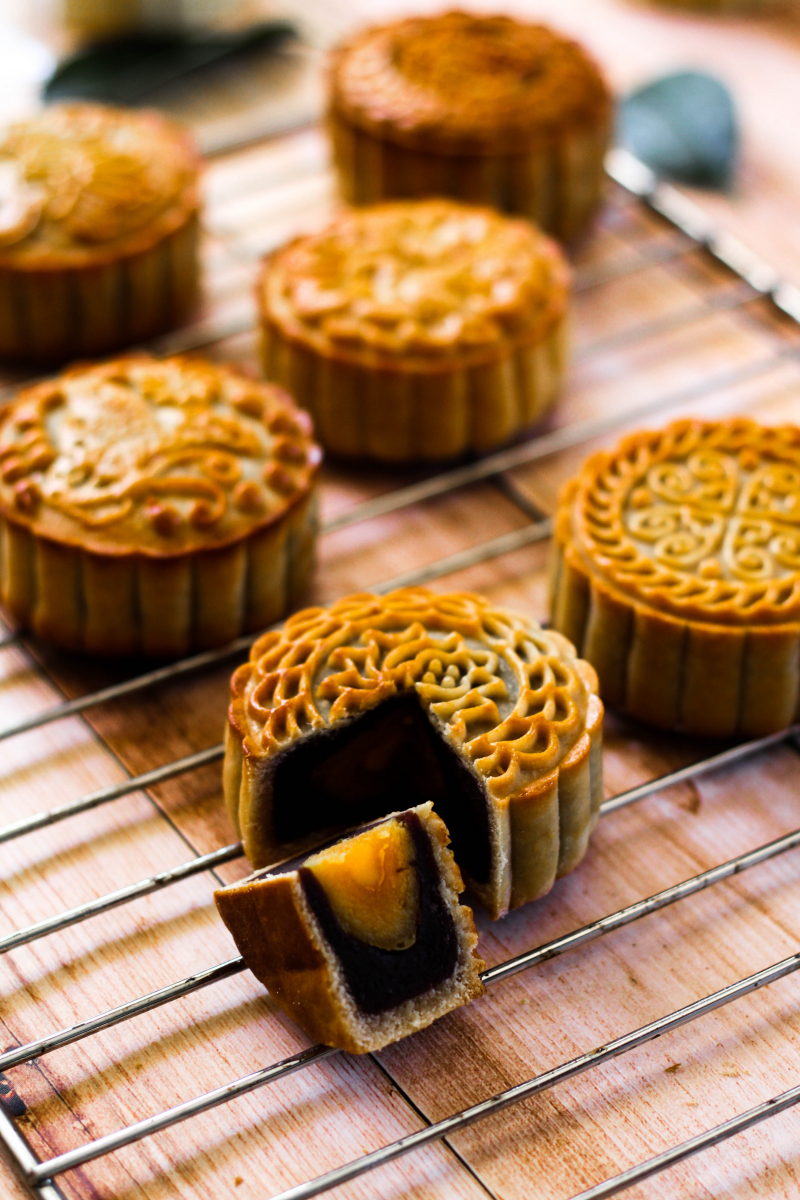
Photo by Huong Ho on Unsplash 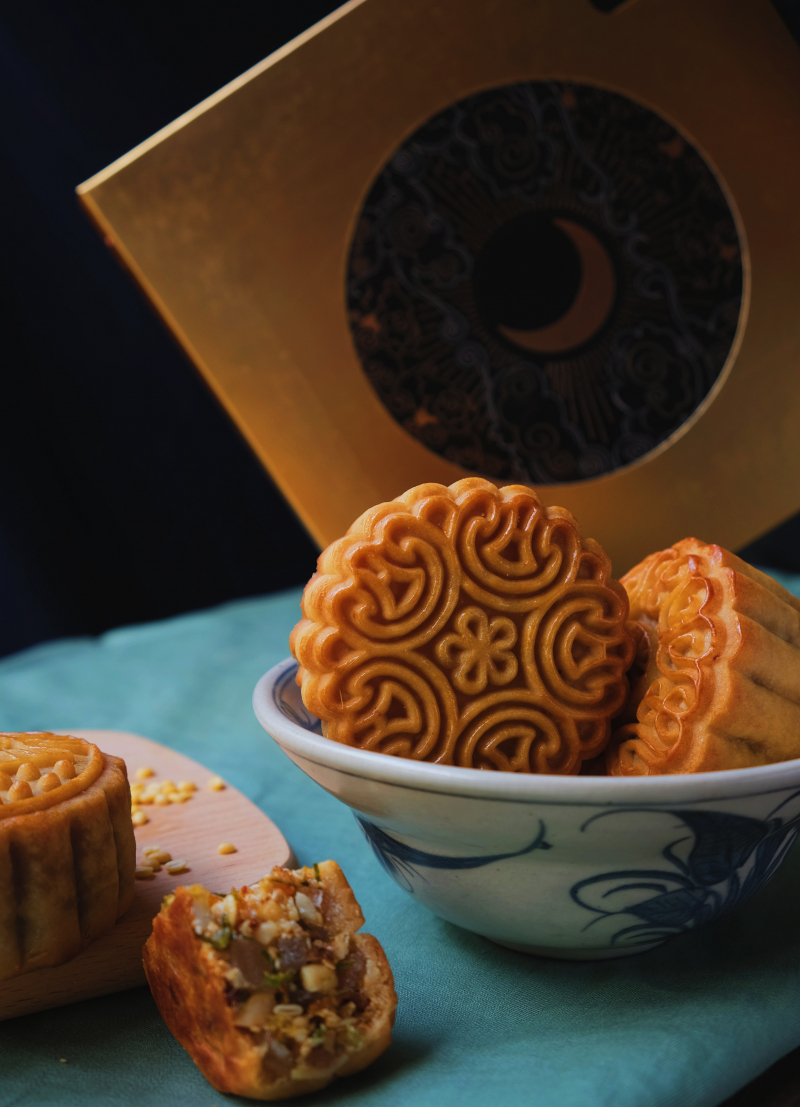
Photo by Hạnh Nguyễn: https://www.pexels.com/vi-vn/anh/banh-trung-thu-12465055/ -
The symbolism of the moon represented on this day can be considered a symbol of reunion and completeness in Chinese culture. This is not only the time when people wish for a successful harvest and propitious weather but also the opportunity for them can gather together.
Specifically, the Mid-Autumn Festival allows people to have a reunion dinner, where loved ones gather to share a meal and catch up with each other. This serves as a time for family members to strengthen their bonds and express their wishes for good fortune and happiness.
The festival also coincides with the harvest season in many agricultural regions, and China is the initial nation. Celebration towards the moon for the bountiful crops and gratitude expression for the harvest are common these days. In some rural areas, people also organize events such as agricultural fairs, where farmers showcase their produce and participate in various competitions. This provides an opportunity to appreciate hard work and dedication in farming.
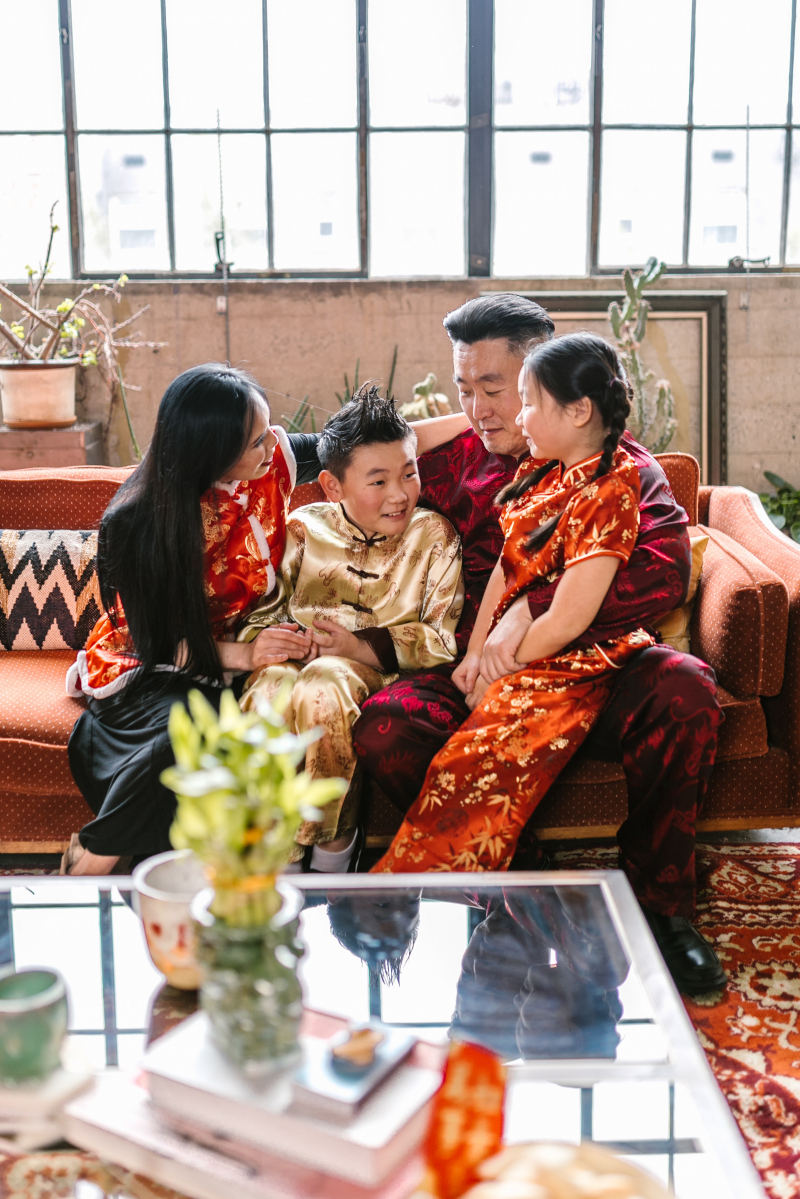
Photo by RDNE Stock project: https://www.pexels.com/es-es/foto/rojo-sentado-diseno-casa-6691742/ 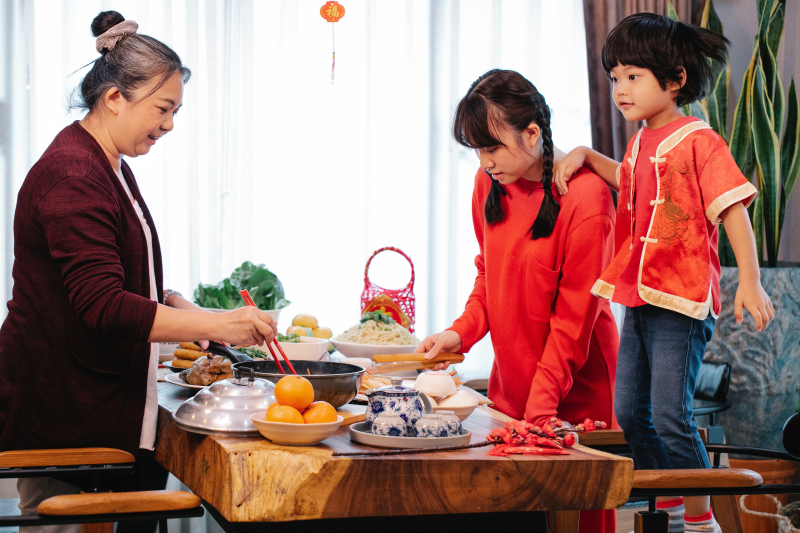
Photo by Angela Roma : https://www.pexels.com/photo/smiling-asian-old-woman-cooking-chinese-food-for-event-7364127/ -
During this special event, activities are among the most interesting facts about the Mid-Autumn Festival. Besides some other recurring activities such as moon gazing, lantern parading, and family reunions, some other activities that people choose during this day represent some underlying meanings.
The activities in the Mid-Autumn Festival show the cultural performances of the Chinese. There is a wide range of traditional arts such as music, dance shows, dragon and lion dances, storytelling, and other theatrical performances. The professional troupes and local talents showcase their skills and contribute greatlyibution to a touch of cultural authenticity and entertainment to the festival atmosphere.
One of the most exclusive ones is Lion Dance. It is often performed in public spaces like markets or temples under energetic beats and rhythms. While one person operates the lion's head and mimics its movements, the other one controls the body by moving in synchronization, with acrobatic skills, and vibrant dance. The traditional musical instruments like drums, cymbals, and gongs, followed by the crowd create an exhilarating atmosphere.
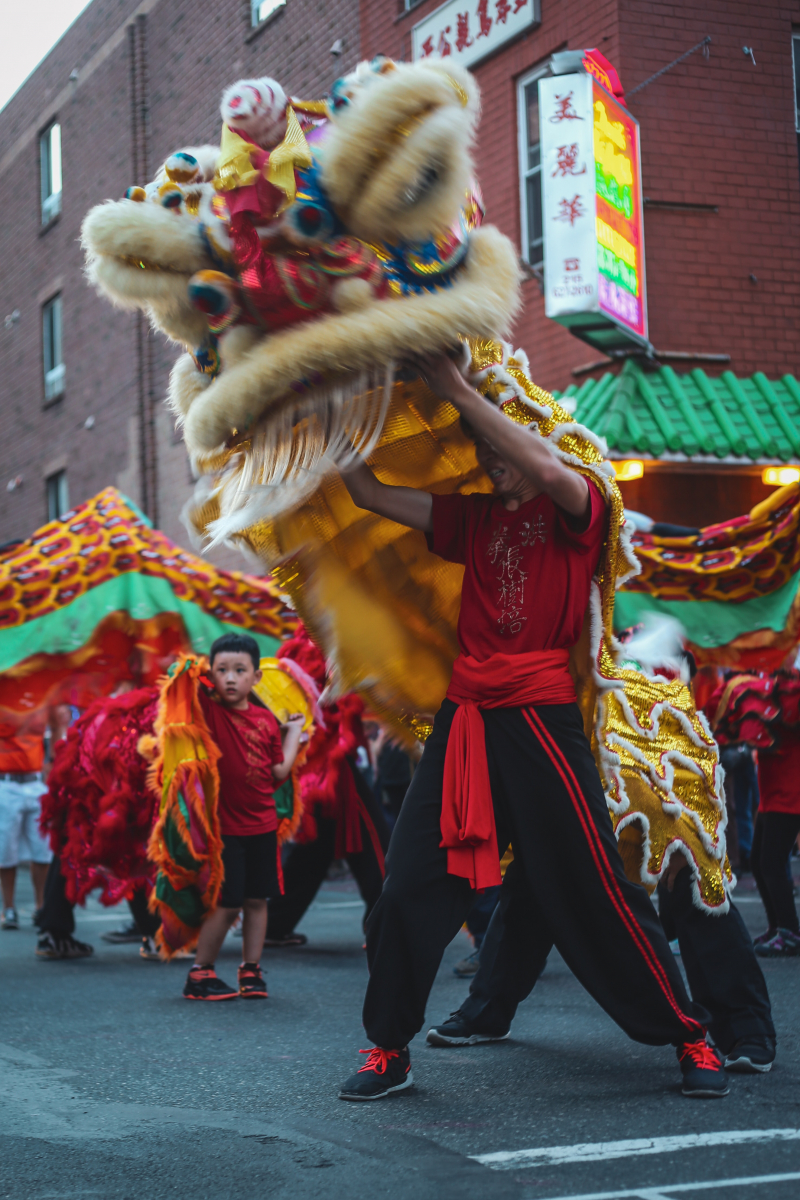
Photo by Dyana Wing So on Unsplash 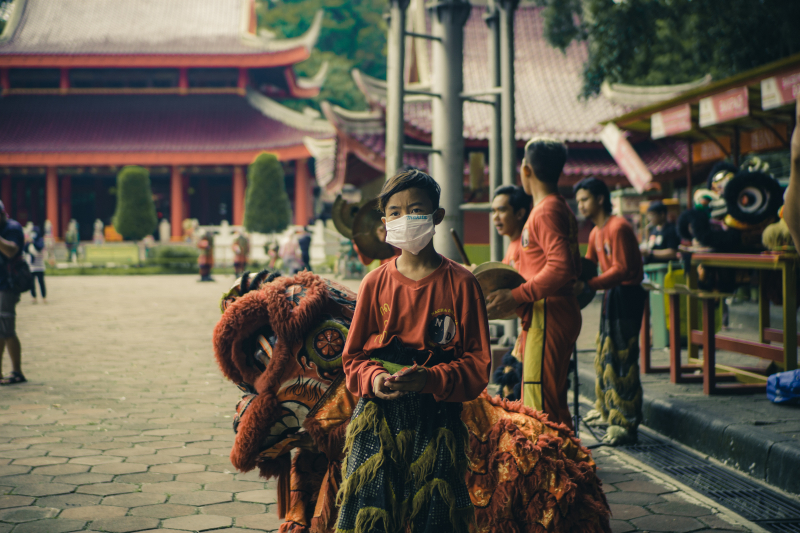
Photo by Visual Karsa on Unsplash -
The Mid-Autumn moon has traditionally been a choice occasion to celebrate marriages. The fine weather, gathering atmosphere, and cozy space are perfect opportunities for couples to get close. In light of the moon's brightness, a number of girls pray to the Moon deity Chang'e to help fulfill their romantic wishes.
Specifically, in some parts of China, dances are held for young men and women to find partners and become companions. Young women, for instance, are encouraged to throw their handkerchiefs to the crowd, and then the young man who catches and returns it will take a chance at romance. In Daguang, the southwest Guizhou Province, the young men would praise their lovers in front of their fellows, and then finally the women walked out of the thicket. Finally, they go off to a quiet place to open their hearts and confess to each other.
The courtship tradition in this event is also connected to traditional beliefs surrounding lunar magic and auspiciousness. The full moon is believed to bring luck and blessings, making it an auspicious time for striking up a relationship.
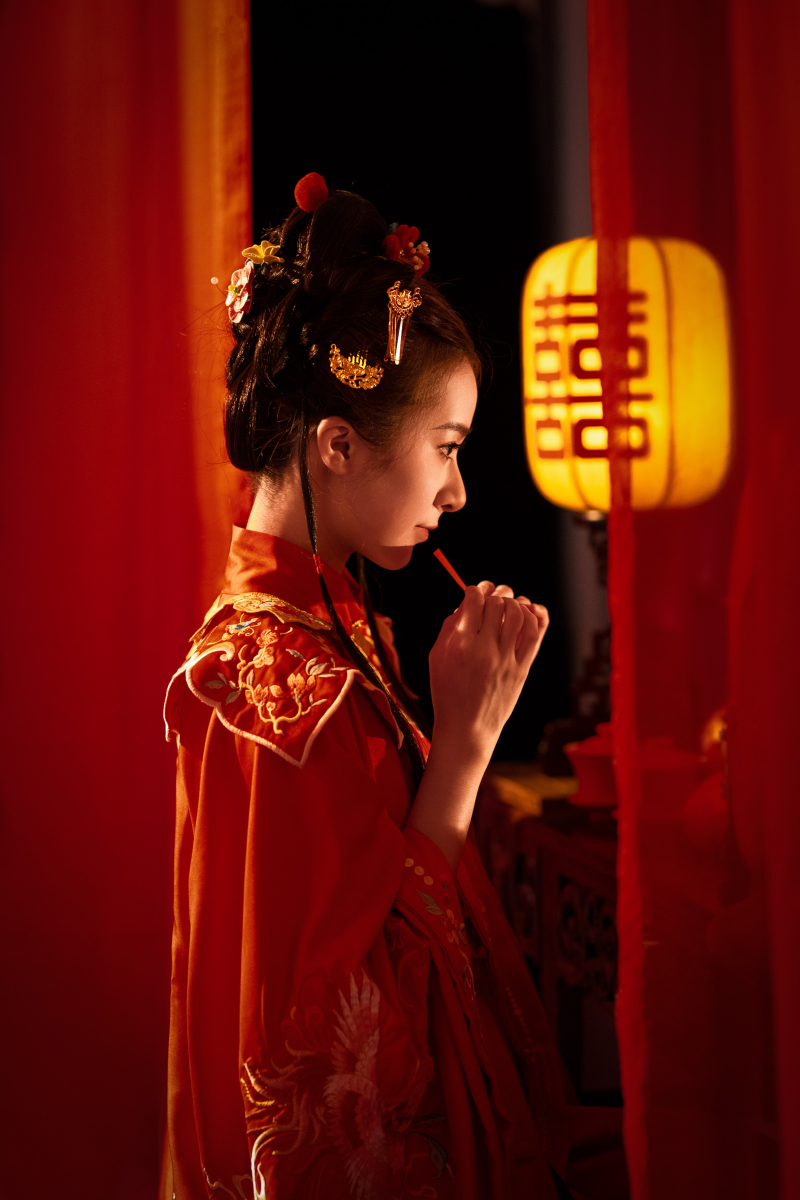
Photo by 木莲 杨: https://www.pexels.com/photo/woman-in-traditional-clothing-standing-near-lantern-16762911/ 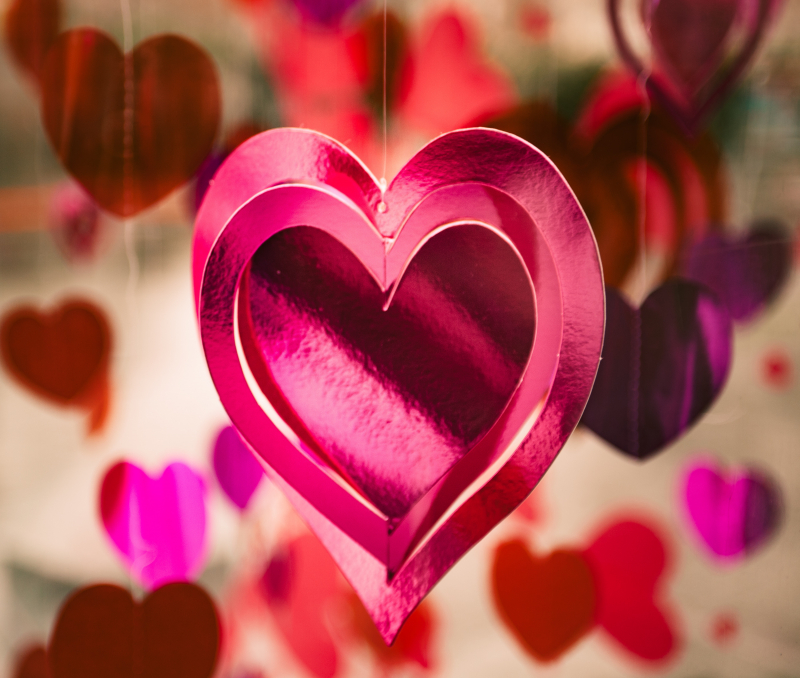
Photo by Clem Onojeghuo on Unsplash











